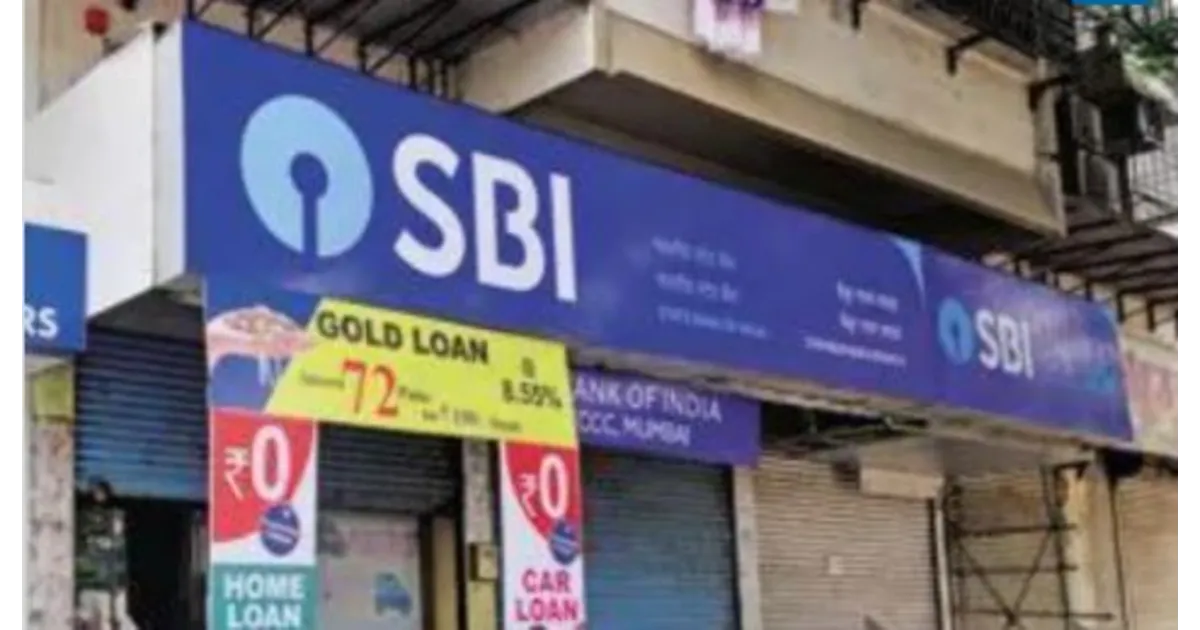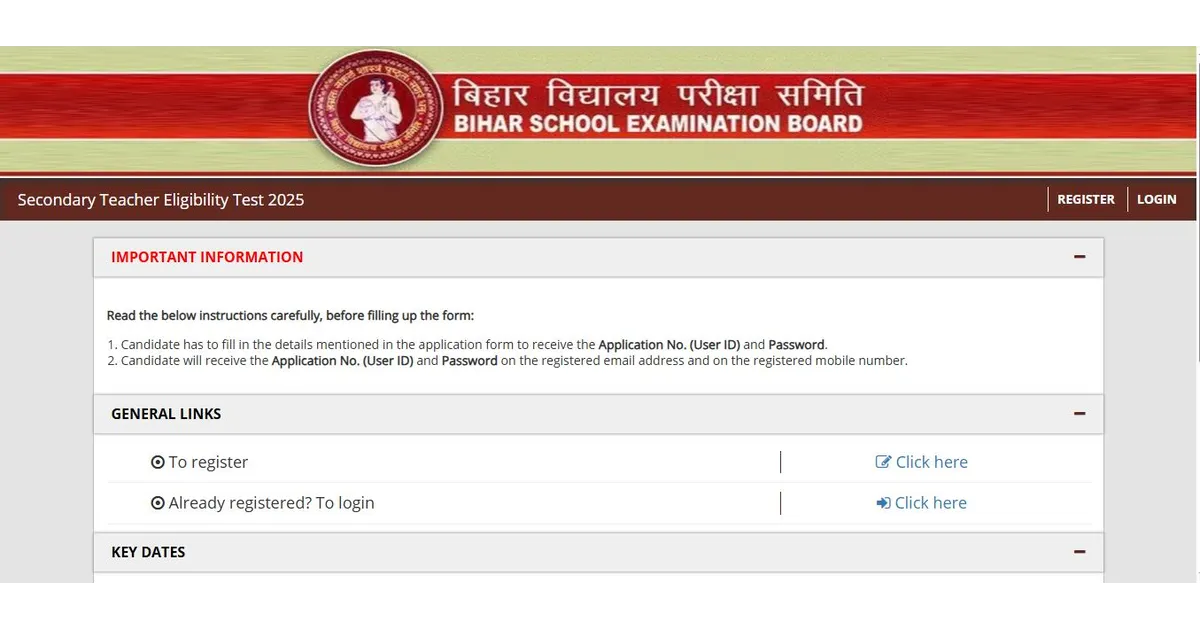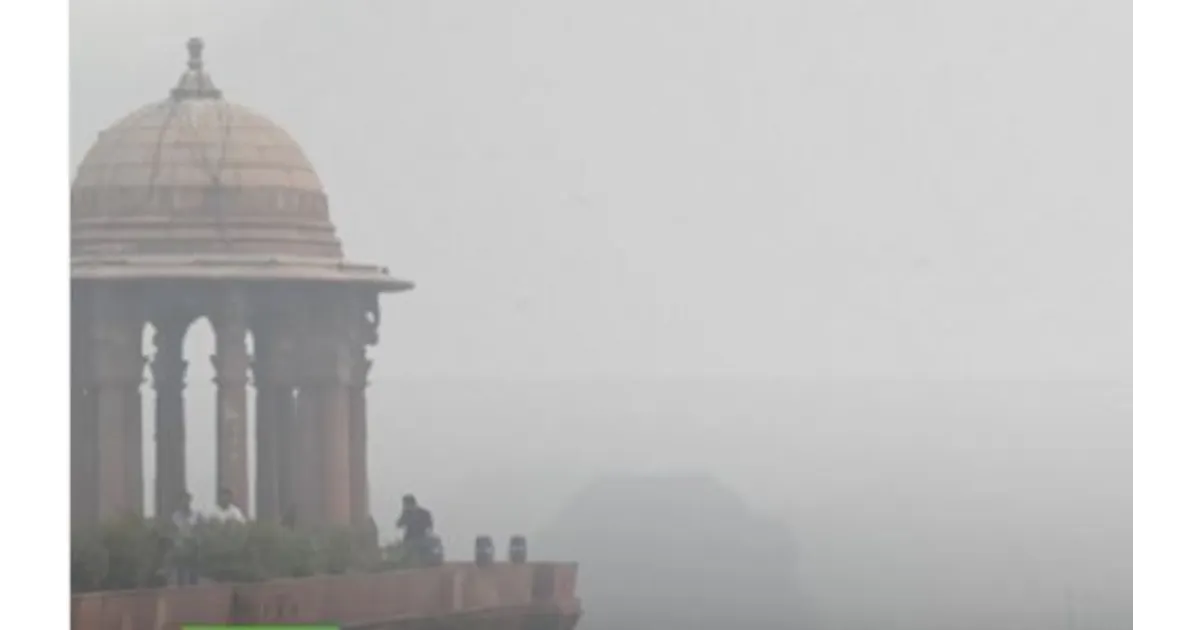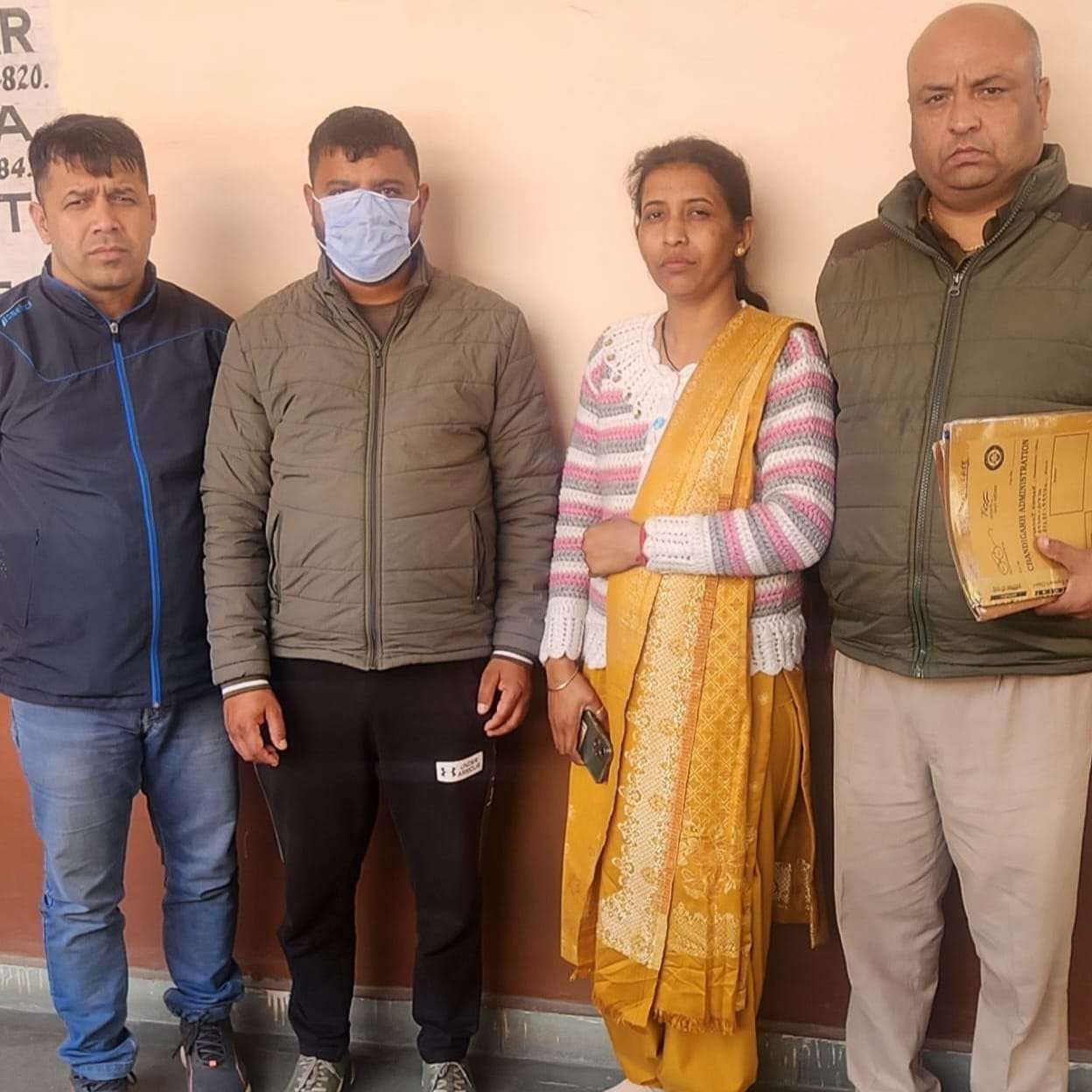A Quiet Morning with Heavy Air in Delhi
New Delhi woke to a calm Tuesday morning following the vibrant and noisy celebrations of Diwali night. Although the skies had dazzled with rockets and fireworks, the aftermath was marked by a thick blanket of smog and ultra-fine pollutants lingering in the atmosphere. By 8 am, the capital’s Air Quality Index (AQI) registered a concerning 350, reflecting hazy and dense air that residents found hard to ignore.
Despite efforts to brighten the festival with eco-friendly alternatives, the grey haze overshadowed the festive spirit—an all-too-familiar scenario that unfolds each year after Diwali. This year’s celebrations featured the use of less-polluting ‘green crackers’ as mandated by the Supreme Court, yet the air quality still suffered.
Recurring Post-Diwali Pollution: Data Over the Years
The pattern of worsening air quality after Diwali is nothing new. Data from recent years reveals a troubling trend:
- November 1, 2024: Real-time monitoring by the System of Air Quality and Weather Forecasting and Research (SAFAR) indicated Delhi’s AQI surged to 359 early morning, marking a steep rise after the festival night. (Note: Data from the Central Pollution Control Board (CPCB) for 2024 remains unavailable.)
- November 13, 2023: Despite a complete ban on firecrackers, widespread violations led to a spike in pollution, with AQI hitting 438 by 8 am, classified as severe. This marked a sharp increase from the 269 AQI recorded on the morning of Diwali itself.
- October 25, 2022: The city recorded an AQI of 315, indicating very poor air quality in the immediate aftermath of Diwali.
- November 5, 2021: Unrestrained bursting of firecrackers during a banned period pushed AQI to a hazardous 454, exacerbating Delhi’s already fragile air condition influenced by crop residue burning and heavy traffic emissions.
Air Quality Trends at Anand Vihar: A Pollution Hotspot
Anand Vihar station, known for its high pollution levels, provides valuable insights into the effectiveness of firecracker regulations:
- 2025: Despite permitting green crackers, the AQI at Anand Vihar was recorded at 360 early morning.
- 2024: AQI climbed to 396, approaching the severe pollution category.
- 2023: Very poor air quality persisted with AQI at 312, predominantly due to PM10 particles.
- 2022: AQI measured 356, again with PM10 as the main pollutant.
Did Green Crackers Make a Difference?
The Supreme Court’s initial ban on firecrackers in Delhi-NCR began in 2014-15 in response to rising pollution levels. However, enforcement has remained a challenge with public compliance often lacking. Over the years, Delhi has continued to grapple with poor to severe pollution levels during Diwali, regardless of regulations.
In 2025, the Court permitted the use of green crackers—a compromise aimed at balancing industry interests with environmental concerns. Green crackers promise to reduce pollution by approximately 30%. Yet, air quality data from this year tells a familiar story, suggesting limited impact.
Environmental advocates remain critical of the ‘less toxic’ claim. Bhavreen Kandhari, a long-time clean air campaigner, emphasized the health implications: “We are not just talking environment; this is about public health. Thirty percent less pollution is insufficient. It’s still poison—would you want to give your children less poison? I’ve fought for clean air long before my children were born, and even then, their lungs suffered damage.”
Government Measures and GRAP-2 Restrictions
Ahead of Diwali, on October 19, Delhi and its neighboring regions were placed under the second stage of the Graded Response Action Plan (GRAP-2) as air quality worsened. This triggered several anti-pollution measures including bans on the use of coal, firewood, and diesel generator sets within the National Capital Region.
Additionally, routine road sweeping and water sprinkling were mandated to reduce dust, while efforts to alleviate traffic congestion aimed to further minimize airborne pollutants.















